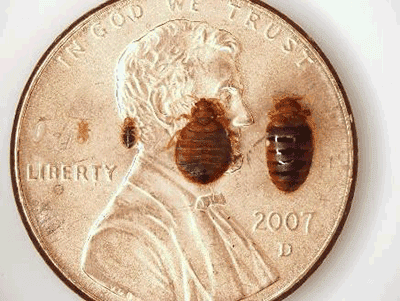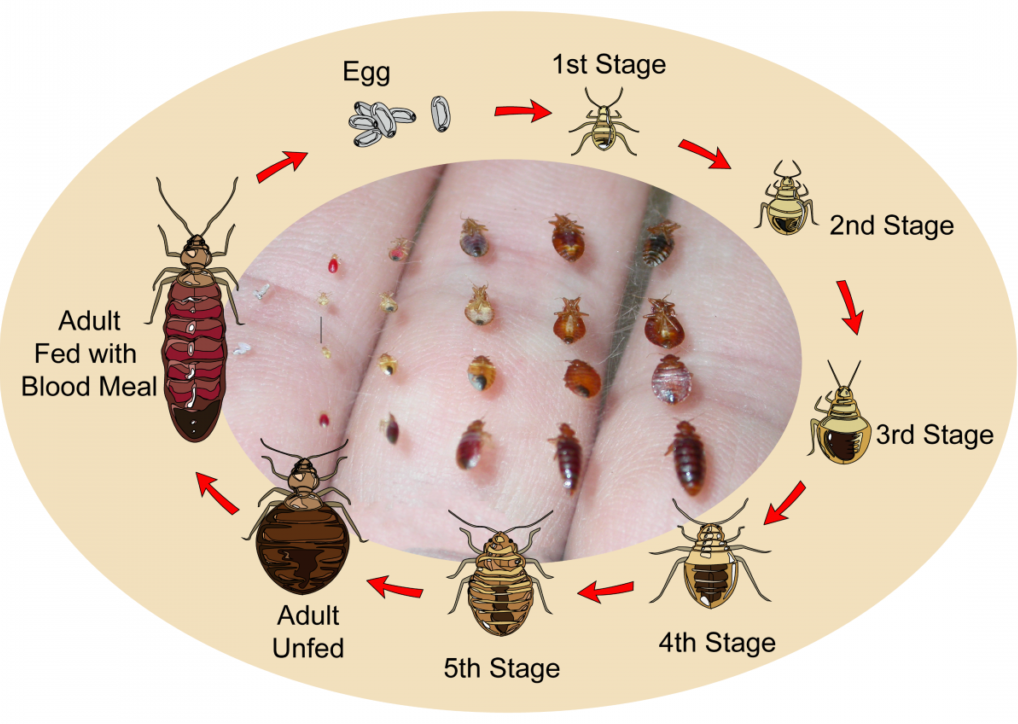Expert Pest Control Arlington VA: Comprehensive Solutions for Your Property
Expert Pest Control Arlington VA: Comprehensive Solutions for Your Property
Blog Article
Obtain Educated About the Kinds Of Parasite Control Techniques and Their Advantages for Homeowners
Understanding the various pest control methods available to homeowners is important for effective insect management. Homeowners who are educated can make critical selections that not only address bug problems however also enhance the overall top quality of their living setting.
Chemical Bug Control Methods
Chemical pest control approaches are a critical part of incorporated bug administration techniques for homeowners looking for efficient solutions to pest problems. These techniques involve the application of chemical substances designed to remove or prevent pests that intimidate personal effects, health and wellness, and comfort. Common chemicals utilized include pesticides, herbicides, fungicides, and rodenticides, each customized to target specific parasites.
The main benefit of chemical insect control is its quick efficiency; several formulas give instant outcomes, reducing pest populaces significantly in a brief time. Additionally, breakthroughs in chemical solutions have actually resulted in items that are much more environmentally friendly and have reduced poisoning levels for non-target organisms when used correctly.

Organic Bug Control Methods
Natural parasite control techniques have obtained importance as home owners look for safer and more lasting options to traditional chemical strategies. Biological pest control strategies use natural killers, parasites, or pathogens to take care of insect populaces successfully. This method is not just environmentally pleasant yet likewise minimizes the danger of harm to non-target types, including helpful insects and wild animals.
One of one of the most typical organic control techniques entails introducing all-natural predators right into the environment. For instance, ladybugs can be used to manage aphid populaces, while nematodes target soil-dwelling bugs like grubs. In addition, parasitoids-- organisms that reside on or within a host-- can be employed to manage details pest varieties by laying eggs inside them, eventually bring about their demise.
One more strategy is the use of biopesticides, which are stemmed from all-natural products such as minerals, plants, or microorganisms (bed bug exterminator). These products can successfully target parasites while positioning very little danger to human beings and pets. Overall, biological insect control methods give homeowners with an efficient means of insect management that aligns with environmental concepts, advertising a much healthier living atmosphere while reducing dependence on artificial chemicals
Mechanical Insect Control Strategies
Mechanical insect control techniques incorporate a selection of techniques that literally protect against or get rid of pests without making use of chemicals. These strategies are especially advantageous for home owners seeking environmentally friendly options while ensuring the safety of their space.
One usual technique is making like this use of barriers, such as displays, traps, and nets, which protect against insects from going into homes or particular areas. As an example, setting up window displays can properly maintain insects out, while making use of physical obstacles around yards can prevent larger parasites like bunnies or deer. Additionally, mechanical catches developed for rats can catch and eliminate these pests without the demand for harmful materials.
One more reliable method involves the usage of brooms and vacuums to get rid of insects straight from surfaces. Normal cleaning and upkeep can substantially reduce parasite populations by removing food resources and hiding places. Additionally, using devices like ultrasonic parasite repellents can discourage different pests with acoustic wave that are undesirable to them however inaudible to humans.
Cultural Bug Control Practices
Cultural pest control methods concentrate on modifying the atmosphere and monitoring strategies to produce conditions that are less conducive to pest problems. These methods are basic in maintaining a balanced ecological community and decreasing the dependence on chemical interventions. By changing agricultural techniques, homeowners can properly hinder pests while promoting plant health and wellness.
One common technique consists of crop turning, which disrupts the life cycles of parasites by changing the types of plants expanded in a particular location (bed bug exterminator). This not only lessens pest populaces however additionally boosts dirt wellness. In addition, intercropping-- growing varied crops in distance-- can confuse insects and decrease their ability to locate their preferred host plants
Water management is another crucial aspect of social techniques. Correct irrigation techniques can prevent standing water, which works as a breeding place for mosquitoes and various other parasites. Maintaining cleanliness in and around the home, such as routinely removing particles and food waste, can substantially reduce pest destination.
Integrating these social methods into a thorough bug management approach enables homeowners to produce an environment that normally discourages parasites, Recommended Site consequently enhancing the efficiency of other control techniques while advertising sustainable horticulture and landscaping.

Integrated Pest Administration Approaches
Integrated Bug Monitoring (IPM) represents a holistic technique that incorporates different strategies to properly manage insect populaces while lessening ecological influence. This methodology integrates biological, cultural, physical, and chemical techniques article source to accomplish lasting bug control. By evaluating pest populaces and their natural opponents, IPM highlights tracking and determining parasites before carrying out control actions.
One of the core concepts of IPM is the use of thresholds, which establish the level of pest activity that warrants treatment. This ensures that therapies are used just when needed, minimizing the reliance on chemical pesticides. Biological control methods, such as presenting all-natural killers or parasites, operate in combination with cultural practices like plant turning and environment control to disrupt pest life process.
In addition, IPM motivates using least-toxic chemical options when treatment is required, prioritizing items that present very little risk to non-target microorganisms and the atmosphere. For house owners, adopting IPM comes close to not just enhances the efficiency of bug monitoring however also advertises a healthier living environment, cultivating biodiversity and minimizing chemical exposure. Eventually, IPM empowers home owners to make educated decisions that stabilize insect control with ecological duty.
Verdict
In final thought, comprehending the different bug control approaches encourages property owners to make educated decisions regarding pest monitoring. Each approach-- chemical, organic, mechanical, cultural, and incorporated parasite management-- supplies distinctive benefits that cater to various requirements and preferences.
Comprehending the various pest control methods readily available to homeowners is important for effective parasite monitoring.Chemical pest control methods are a crucial component of incorporated bug administration techniques for homeowners looking for efficient services to pest infestations. On the whole, biological pest control techniques provide home owners with a reliable means of parasite administration that aligns with eco-friendly concepts, promoting a much healthier living atmosphere while reducing dependence on synthetic chemicals.
Social bug control practices concentrate on customizing the setting and administration techniques to develop conditions that are much less conducive to pest problems.In conclusion, recognizing the different parasite control approaches empowers home owners to make educated choices concerning pest monitoring.
Report this page